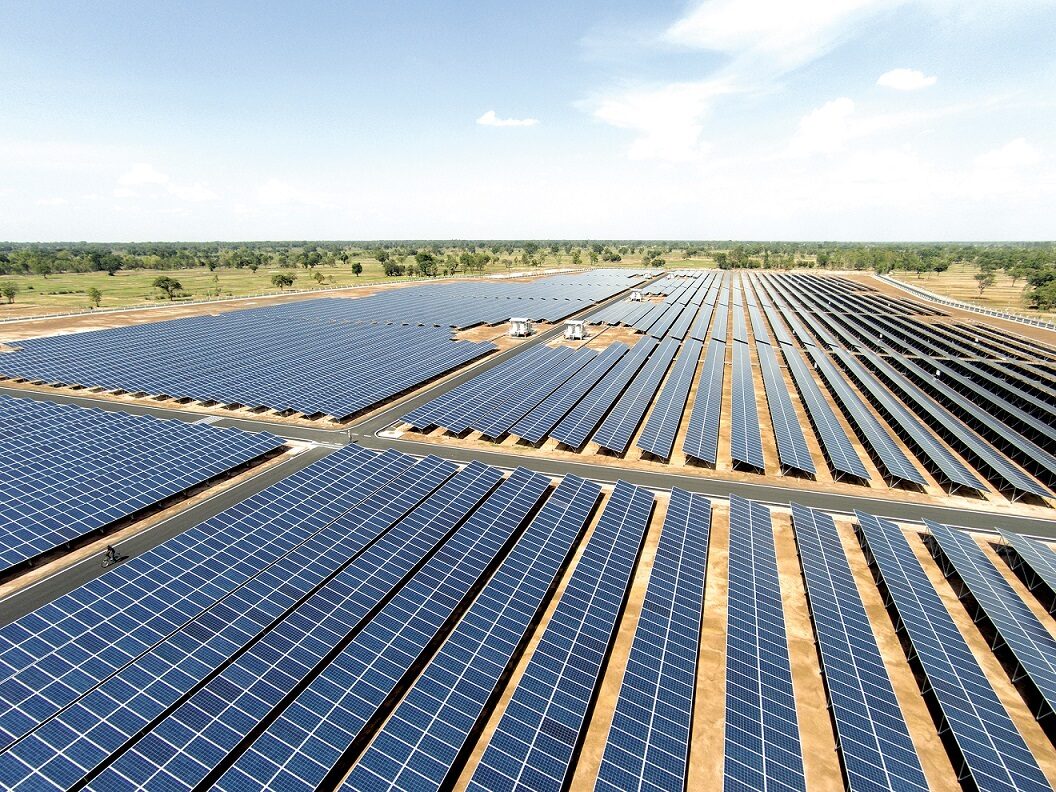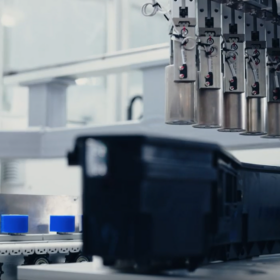From pv magazine International
Researchers from Germany’s Helmholtz Institute Ulm (HIU) and the Technion – Israel Institute of Technology started their recent three-day discussion on the future of energy storage with a basic assumption: “In this report it is shown that the quest for post Li‐ion and Li battery technologies is incorrect in its essence.”
They talked about the kind of storage technologies that might be considered solid alternatives to Li‐ion storage, and their conclusion was unequivocal: There is no end in sight for the “post Li‐ion” era.
“After extensive deliberations, the group concluded that the current vibe about the need of future technologies after the lithium era and, thus, the quest for which new technologies can replace lithium‐based battery technology, are somewhat inappropriate and misleading (partially incorrect), respectively,” the researchers said.
Instead, they have recommended a “side‐by‐side” approach for all storage technologies. They also identified the technologies that they see as more promising for the future.
Sodium‐ion batteries
Sodium‐ion batteries (Na‐Ion), which rely on the same ion storage principle of lithium-ion technologies, are considered an interesting alternative as they could provide an affordable solution, due to potential shortages of lithium and cobalt, or possible price surges. They are also easy to ship and have strong potential for further raw material cost reduction. “Actually, the cost and environmental friendliness of the layered oxide cathode materials proposed so far, appear to be the major advantages of sodium‐ion batteries,” the group stated.
It added that Na‐ion batteries face similar safety issues as Li‐ion batteries in large-scale applications, but development is still limited and not enough is known about failure modes, mechanisms, and analysis at the full cell level. Their use is recommended for stationary energy storage systems and light‐duty vehicles for short‐range transportation.
Redox flow batteries
The main advantages of redox flow storage are the scalability of storage capacity, the ability to operate in most environmental temperatures, and long‐term storage capability. The storage capacity of commercial vanadium redox flow storage systems currently ranges from 4 MWh to 40 MWh, while overall costs are $550/kWh in comparison to more than $200/kWh for Li‐ion. Safety issues are mainly related to hazardous material spillage. The technology could also suffer from the non-homogenous deposition of metal ions, potentially leading to shape change and dendrite growth, high-polarization losses due to sluggish kinetics of the reactions, the corrosion of the electrodes, inefficient electro-catalysts, ghd conductivity of the electrodes, and the influence of the flow frames.
“Redox flow batteries are expected to outperform Li‐ion only for stationary applications where their key feature of storing the energetic chemicals in external reservoir enables large‐scale, energy storage from renewable sources during peak‐production times and supplying when production falls, the group explained. “At the same time, developments of advanced materials and chemistries are said to be necessary to overcome the limitations of the current concepts and improve the system performances.
Storage quest
The research team, which also analyzed metal air batteries and multivalent metal anode-based storage at the gathering, they concluded that lithium-ion battery technologies will remain crucial for many years to come. They said that the search for a post-lithium technology is conceptually incorrect.
“The quest should be for multi‐technologies for different applications, as well as hybridization of technologies,” they explained
The results of the meeting were presented in Side by Side Battery Technologies with Lithium‐Ion Based Batteries, which was recently published in Advanced Energy Materials.
This content is protected by copyright and may not be reused. If you want to cooperate with us and would like to reuse some of our content, please contact: editors@pv-magazine.com.









By submitting this form you agree to pv magazine using your data for the purposes of publishing your comment.
Your personal data will only be disclosed or otherwise transmitted to third parties for the purposes of spam filtering or if this is necessary for technical maintenance of the website. Any other transfer to third parties will not take place unless this is justified on the basis of applicable data protection regulations or if pv magazine is legally obliged to do so.
You may revoke this consent at any time with effect for the future, in which case your personal data will be deleted immediately. Otherwise, your data will be deleted if pv magazine has processed your request or the purpose of data storage is fulfilled.
Further information on data privacy can be found in our Data Protection Policy.